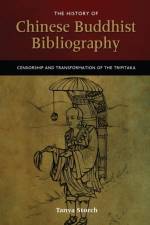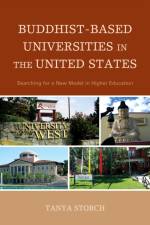von Tanya Storch
123,00 €
This study is a thorough examination of the entire historical scope of the Chinese Buddhist bibliography, including its historical foundations, textual classifications, criteria of authenticity, and collections made by individual catalogers. The need for such a study is urgent, for although references to and even in-depth studies of individual Buddhist catalogs and the data they contain have been written, there has not been until now an investigation into the entire historical scope of Buddhist bibliography in China. Understanding just what those who organized the canon over the centuries have left out, or preserved, is key to recovering a fuller appreciation for the development of Buddhism in East Asia in all its complexity. The study of individual bibliographers positions is equally crucial for the understanding of standards of authenticity and assignment of value to one group of scriptures over others. History of books, libraries, and learning in China would be incomplete without studying the history of Buddhist bibliography. Ultimately, it is necessary to study Buddhist bibliography because it represents the Tripitaka, the largest and most influential collection of sacred scriptures in the world, and because this collection needs to be incorporated into comparative discussions of Scripture and Canon in world history. This is the first study that covers the entire historical scope of Buddhist bibliography in China in any European language, as well as the only study that provides detailed descriptions of all influential catalogs of the Buddhist canon written in the second through the end of the tenth centuries. It is the first attempt, in both European and Asian languages, to provide a comparative analysis between ideas, and these theological and historiographical principles used in creation of an authoritative canon by Christian and Buddhist scholars. The History of Chinese Buddhist Bibliography: Censorship and Transformation of the Tripitaka is an important book for Asian studies, history of classifications, textual criticism, history of books, and history of libraries. This book would be appropriate for courses in Chinese Buddhism, Chinese history, and Chinese literature and civilizations. It will also be an excellent supplemental textbook for courses in comparative religious studies and comparative religious scripture. Watch Dr. Tanya Storch speak about the book!



